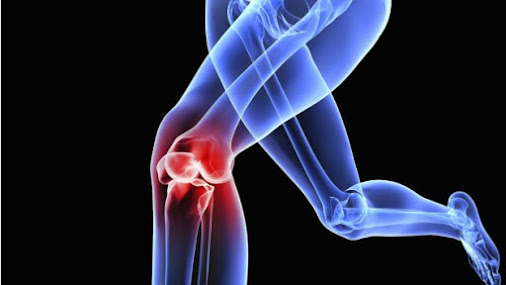7 Things to Know About Knee Replacement Surgery
Persons with repeat knee injuries or age-related knee cartilage degeneration experience knee stiffness decreased mobility and at times severe pain that is managed by hazardous pain killer drugs.
If you do not respond well to multiple conservative methods of treatment, your doctor will recommend you undergo a partial or full knee arthroplasty, or in laymen terms, a knee replacement procedure.
Below you will find 7 Important Things to Know about knee replacement surgery:
- There are 2 major types of knee replacement surgeries, full and partial. A full joint replacement is not recommended for younger patients since an average life span for metal or ceramic prosthesis is around 10-15 years, therefore it may wear out sooner which may require additional surgery that is not recommended. Partial knee replacement is more suitable for younger candidates with considerable cartilage damage caused by diseases or injuries.
- The successful knee surgery outcomes strongly depend on the careful patient selection to ensure that knee joint prosthesis will work to the fullest of its ability and provide positive improvements for the patient's lifestyle. The ideal candidate for knee replacement surgery is over 60 years of age, not severely overweight, and has realistic expectations. In addition, a person preparing for a surgery of this kind must be willing and dedicated to going through painful but necessary physical therapy.
- During your surgical procedure, your doctor makes a surgical excision using a scalpel or a laser which greatly reduces bleeding during and after surgery. Once the doctor gains access to the knee joint, he will remove the damaged knee joint and cartilage debris and replace it with a metal or ceramic prosthesis. Modern-day technologies allow for the prosthesis to be bio-compatible with the human body virtually eliminating the risk of rejection.
- The successful knee surgery will allow its patients to return to normal daily activities and even participate in some low impact sports like swimming, golfing, and bicycling. However, your artificial knee joint is not intended for high impact exercises like heavy weight lifting, jogging, and skiing. Although some individuals are successful in these types of extreme activities that is quite risky.
- Surgery to replace faulty knee joints has a 95% success rate.
- The knee replacement procedure is a major surgery that carries some rare but potential risks of blood clots, infection, adverse reaction to an anesthetic, and more.
- The knee replacement recovery phase will begin shortly after your procedure and will involve physical therapy sessions that are rather painful but must be performed in order to achieve proper knee joint function. You need to have good knee joint flexibility to do simple daily tasks like walking unassisted, getting up from a sitting position, and many more. A knee manipulation procedure might be necessary if your knee joint mobility can't be achieved through physical therapy exercises. To know more, visit www.welcarehospital.co.in
Stay Connected For More Updates: Facebook| Twitter| Pinterest




Comments
Post a Comment